In the quiet drama of a sun-starved forest understory or a densely planted crop field, an extraordinary survival strategy unfolds daily. Plants engage in a silent competition for light, triggering a fascinating phenomenon known as "shade avoidance syndrome" – or what gardeners commonly curse as "leggy" growth. This stretching upward, often at the expense of robust stems and lush foliage, represents one of nature's most ingenious adaptations to environmental stress.
The mechanics behind this botanical height race involve an intricate dance of photoreceptors and hormones. When plants detect reduced red/far-red light ratios – a telltale signature of neighboring vegetation – they initiate a cascade of physiological changes. Phytochrome pigments act as molecular light meters, while auxin hormones redistribute resources toward vertical growth. This isn't merely desperate reaching; it's a calculated gamble where the plant sacrifices girth for altitude, betting that higher ground will provide the photosynthetic payoff needed for reproduction.
Agricultural systems reveal the double-edged nature of this adaptation. In monoculture fields, the shade avoidance response creates a self-perpetuating cycle of competition. As early adopters begin stretching, their neighbors must follow suit, leading to entire crops of spindly plants expending energy on stems rather than seeds or fruit. Modern plant breeding has worked to suppress these tendencies in staple crops, but the wild instincts persist. An heirloom tomato variety left unchecked will quickly revert to its vining, light-chasing habits, while its dwarf hybrid cousin remains stocky through generations.
Ecologists have observed remarkable variations in this strategy across species. Some woodland plants employ a "sit-and-wait" approach, biding time as compact rosettes until canopy gaps form. Others, like certain bamboo species, combine explosive vertical growth with an alarming tendency to topple over – effectively creating light gaps through their own collapse. The tropical Cecropia tree takes architectural manipulation further, growing hollow stems and wide-spaced branches that minimize self-shading while maximizing light capture.
Climate change introduces new complexities to this ancient light competition. Rising carbon dioxide levels initially boost growth, but the subsequent denser vegetation intensifies shading effects. Meanwhile, shifting precipitation patterns force plants to balance their light-seeking impulses against water conservation needs. Researchers have documented species altering their shade responses over mere decades – a troubling indicator of how quickly human impacts rewrite evolutionary playbooks.
Urban environments have become accidental laboratories for studying these adaptations. Street trees contort toward narrow light corridors between buildings, while sidewalk weeds develop exaggerated responses to intermittent shading from pedestrians. The most striking examples emerge in cities' vertical ecosystems, where certain vines can switch between shade-tolerant and light-seeking growth patterns multiple times along a single stem's journey up a building face.
This phenomenon carries profound implications for future food security and ecosystem management. As planting densities increase to feed growing populations, understanding shade avoidance becomes crucial for maintaining crop yields. Some innovators propose "smart canopies" that manipulate light quality to control plant architecture, while forest managers experiment with selective thinning to balance timber production with understory biodiversity. The humble act of a plant stretching toward light, it seems, holds lessons for harmonizing human needs with botanical wisdom.
Perhaps the most poetic manifestation occurs in old-growth forests, where centuries of light competition have produced staggeringly efficient vertical architectures. Here, the shade avoidance response has been refined into an elegant stratification – from shade-tolerant mosses through understory shrubs to the emergent giants that form the canopy. Each layer exists in delicate equilibrium, their growth strategies honed by eons of light competition. In these ancient woods, the frantic stretching of young saplings gives way to a patient, measured climb toward the sun.
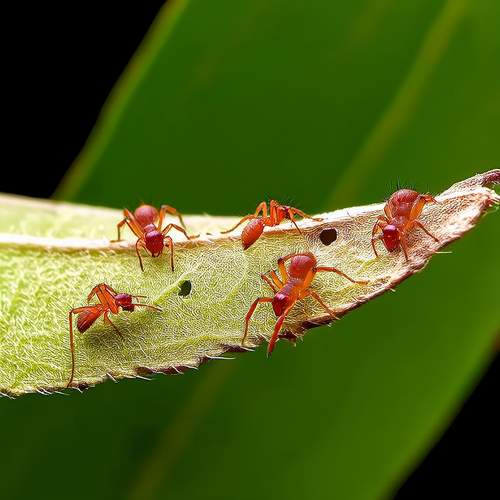
By /May 21, 2025
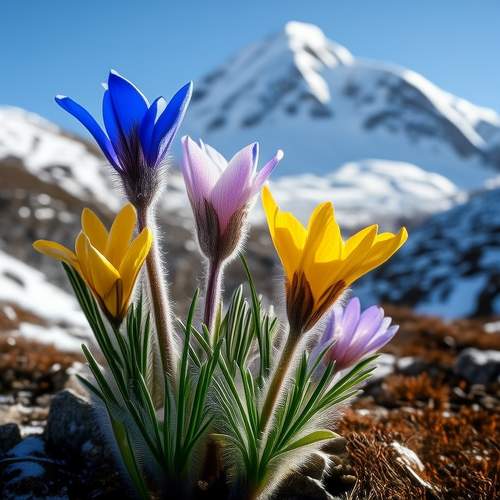
By /May 21, 2025
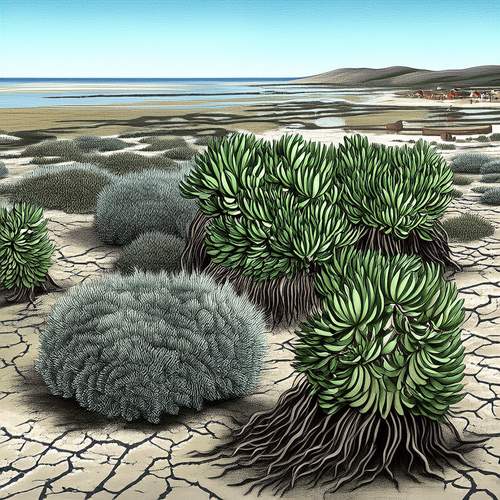
By /May 21, 2025

By /May 21, 2025

By /May 21, 2025
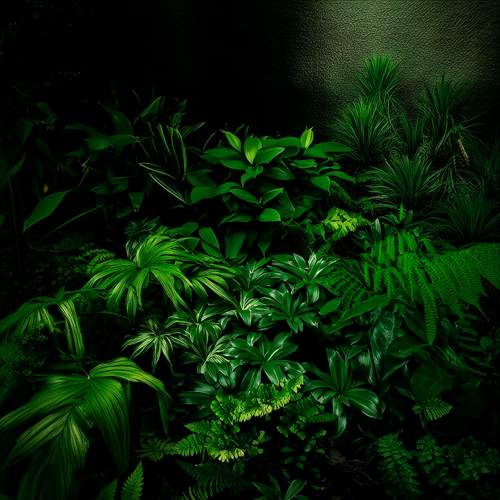
By /May 21, 2025
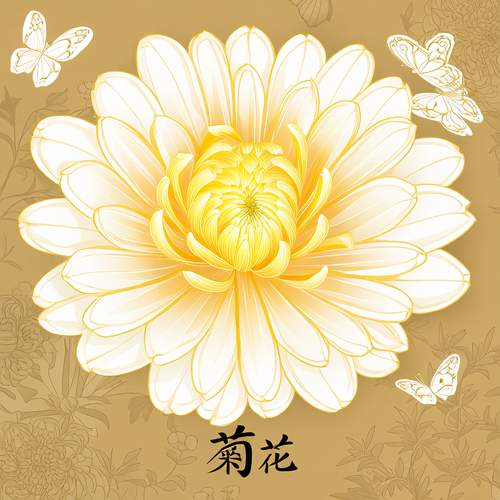
By /May 21, 2025
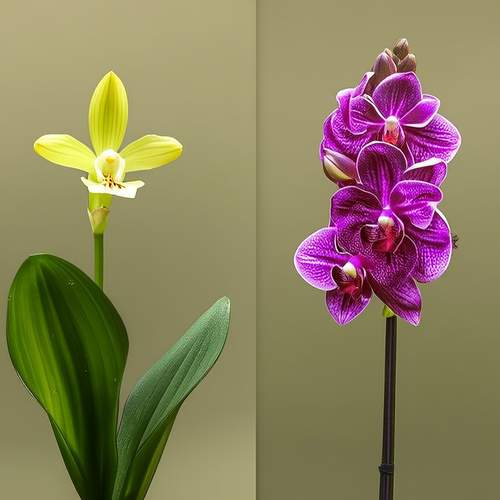
By /May 21, 2025
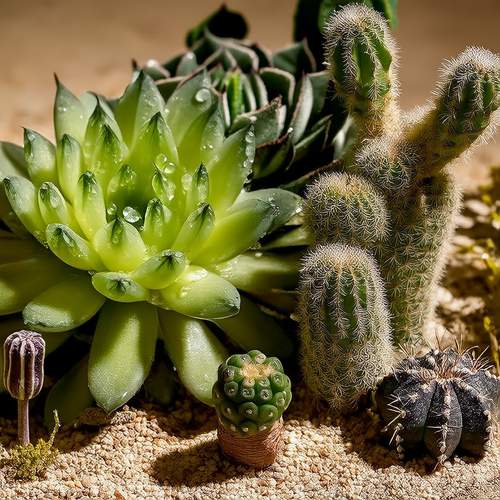
By /May 21, 2025
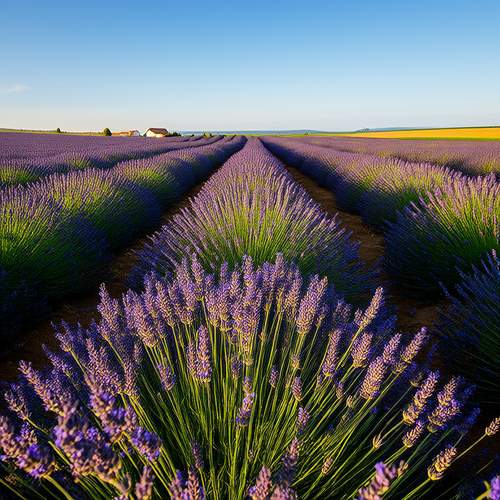
By /May 21, 2025

By /May 21, 2025
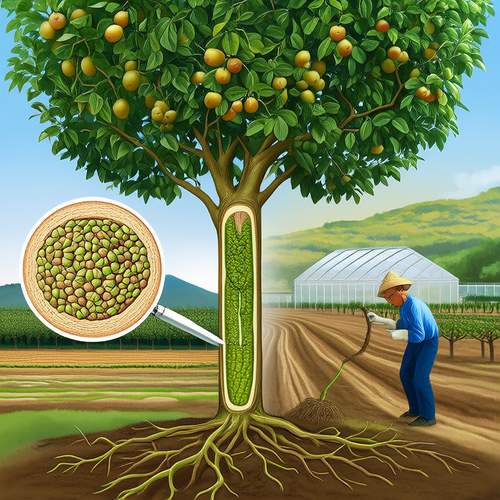
By /May 21, 2025

By /May 21, 2025

By /May 21, 2025
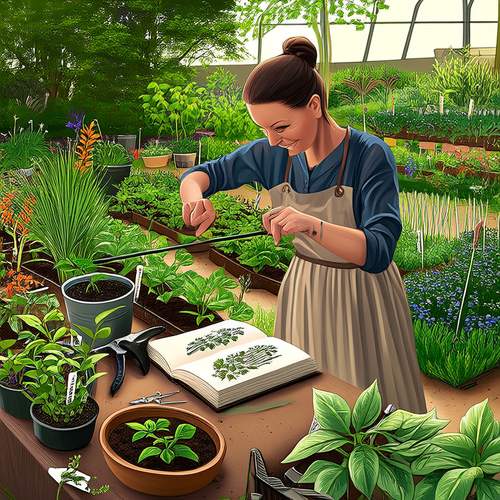
By /May 21, 2025

By /May 21, 2025

By /May 21, 2025
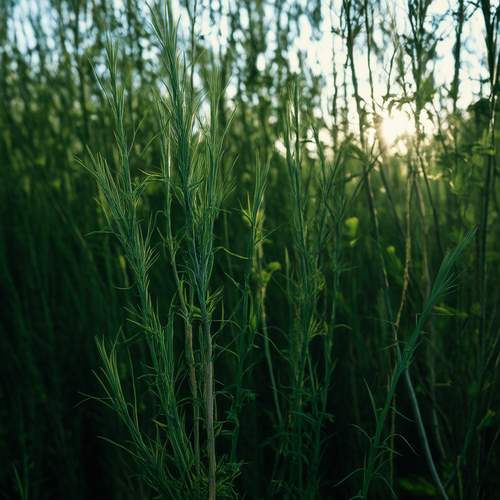
By /May 21, 2025

By /May 21, 2025
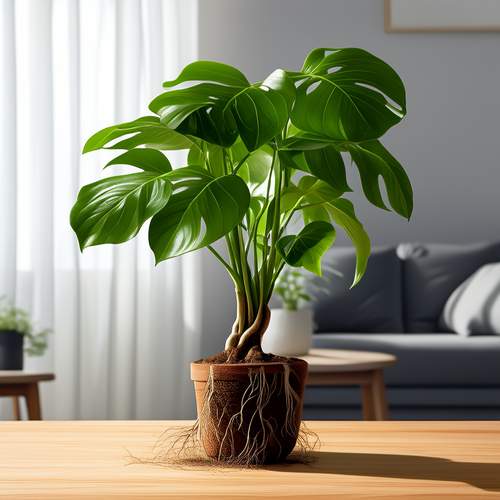
By /May 21, 2025